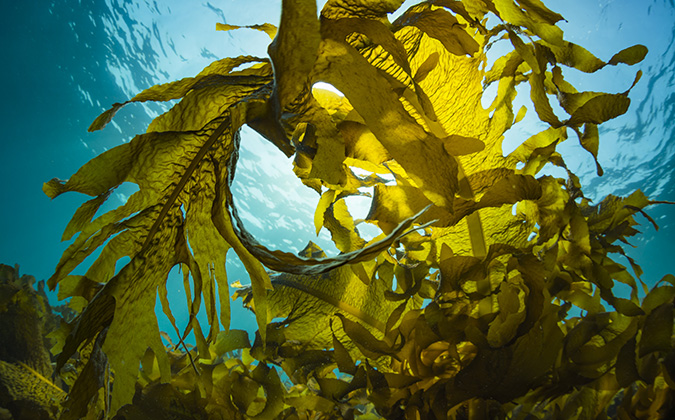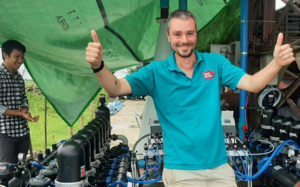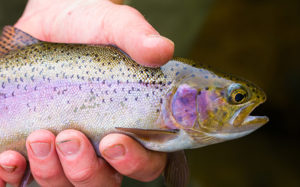NEWS & TRENDS
Stomach-resistant oral vaccines could offer fish farmers easier vaccine administration
Oral vaccines hold a great deal of promise for fish farmers. Easier and quicker to administer than injected vaccines, they are also potentially suitable for fish that are too small for injection vaccination, including larval stages.
Managing health issues in the fast-changing aquaculture industry
An interview with Stian Johnsen, project manager for the World Organization for Animal Health
Combining technology and knowledge to improve aquaculture in Southeast Asia
Southeast Asia is one of the world’s fastest-growing regions for aquaculture, but production efficiency, environmental impact and disease remain bottlenecks for sustainable production.
Molecular testing sheds new light on troublesome microorganism which threatens fish
A new molecular approach has revealed the ubiquitous and opportunistic nature of Saprolegnia parasitica, a fungal-like microorganism that can cause significant disease and economic loss.
Harnessing genetics to improve tilapia health and performance
An interview with Alejandro Tola-Alvarez, CEO, GenoMar Genetics
The future of sea louse control on salmon farms: do genetic technologies hold the key?
Genetic technologies could give salmon farmers the crucial tools they need to prevent sea louse infestations, according to researchers.
The importance of benthic monitoring for aquaculture sustainability
An interview with Kate McEwen, head of environmental services at PHARMAQ Analytiq
Visual indicators fall short in assessing anesthetic effect on fish
Visual observation is inadequate to assess whether anesthetics have rendered fish unconscious, leading to potential welfare risks, according to research in Sweden.
Bacterial risks in recirculating systems can be managed, study suggests
There is a risk that antibiotic resistant bacteria of the Aeromonas genus can be introduced into recirculating aquaculture systems (RAS), according to new research in France — while fish feed can provide bacteria with a route into these highly controlled production environments.
Revealing shared welfare challenges and solutions in the Scottish salmon industry
Sea lice, gill health and environmental challenges are the major considerations for Scottish salmon producers looking to improve the welfare of their fish, according to an Institute of Aquaculture survey.











